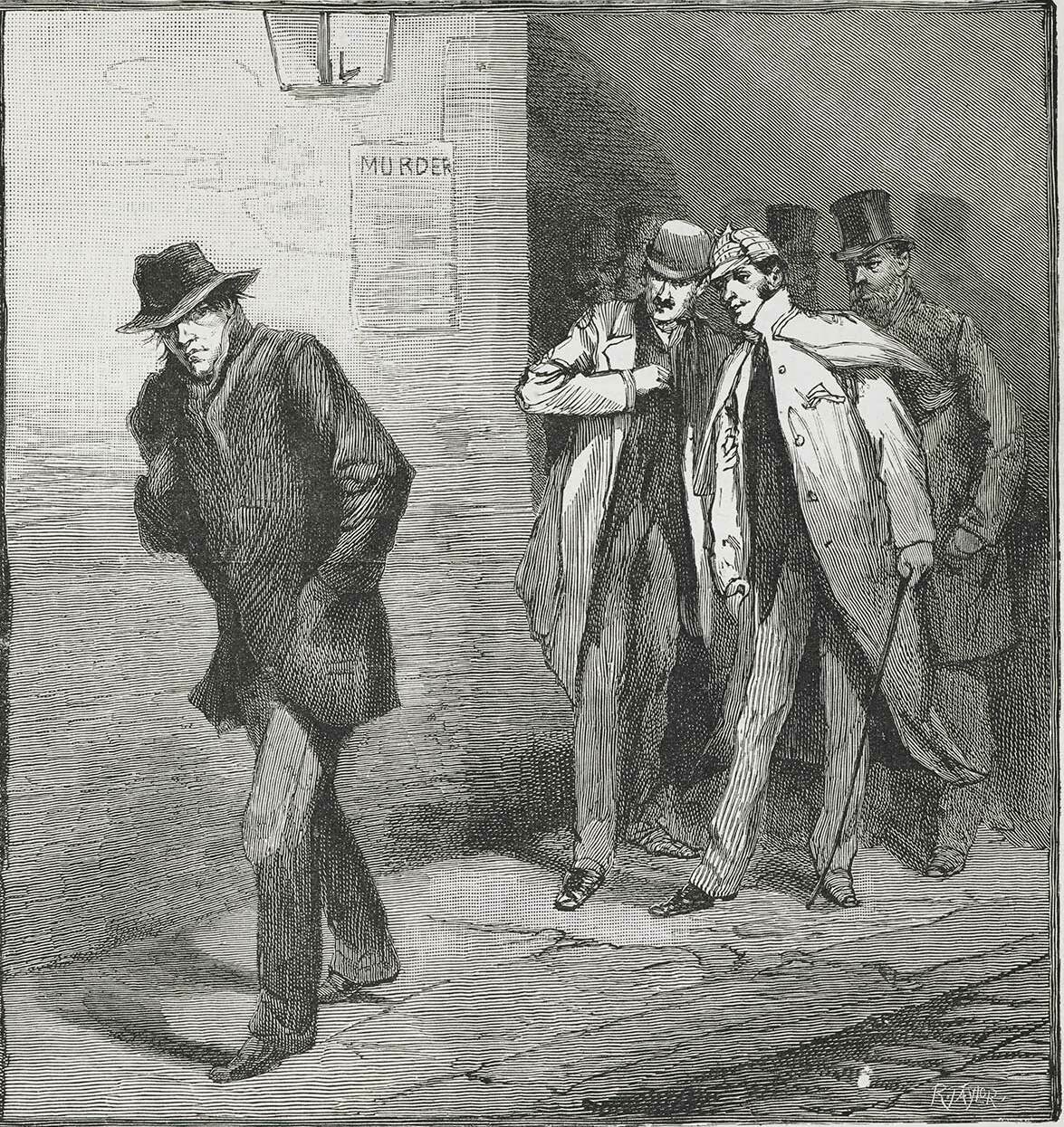Chapter Seven: The Mysterious D. B. Cooper

Sorry for the slightly late post, fellow spook-sleuths; in the stress and chaos of the past week, updating you on the weird tomfoolery that went down in the past totally slipped my mind. But I am here now, and I would kick myself if I let this whole semester go by without discussing one of my favorite historical mysteries: the strange hijacking and disappearance of the great mystery man D. B. Cooper.
As I’ve said in the past, you might have heard of this story before. It’s been popular for decades, but a lot of different true-crime documentaries, videos, and series have covered this event; I know that because I’ve watched several, hoping some new details or insight might be provided. But it really is a dead end.
On November 24, 1971, a nondescript man boarded a normal, routine flight from Portland, Oregon bound toward Seattle, Washington. The man appeared to be in his 40’s, wearing a white shirt and a black tie, and carrying a briefcase. The man purchased his plane ticket using all cash under the name Dan Cooper. As he waited for the flight to take off, he ordered a drink: bourbon and soda. A while later, just after 3 pm, the man passed a stewardess who had been walking by a note directing her to sit next to him. After she complied, the man opened his briefcase to reveal to the stewardess what looked to be a bomb – red sticks and colored wires.
In order to avoid detonating the bomb, according to the man, the stewardess was to take note of his demands, take them to the captain of the plane, and follow the instructions. He requested four parachutes, and, most notably, $200,000 in cash. In 20 dollar bills.
The flight eventually landed in Seattle, though delayed (the original and normal flight would have only taken about 30 minutes, but did not arrive until around 5:30) due to the amount of time it took to acquire the money Cooper demanded. When the flight landed, Cooper exchanging the 30 or so passengers on board for the money and the parachutes. Then, he directed the pilot to fly south toward Mexico. A few hours later, around 8 pm, he did the seemingly unthinkable: he parachuted from the moving plane with the ransom money. The pilots and the plane were able to safely land afterwards, but with no other details or contact, the man who called himself Dan Cooper was seemingly lost forever.
There’s a lot of things that are unclear in this case: who is Dan Cooper (which is, shockingly, not this man’s real name)? What was his motivation? Where did he land? Did he survive his jump? If he did, how did he manage to use or spend the money without detection? How has he managed to escape undetected, despite massive amounts of investigation, to this very day?
Basically the only physical evidence left behind was Dan Cooper’s black clip-on tie, which he removed before parachuting from the plane for unknown reasons. The tie was able to eventually provide a DNA sample, but it matched nothing in existing databases and no identified suspects. With no other leads to go off of, this evidence is basically useless; without something or someone to compare it to, it remains another element of confusion.
A leading theory is that D.B. Cooper (a name given to him by press and media coverage) did not survive his fall from the plane. The parachutes he used were not steerable, and he jumped into a very wooded area at night time. Seemingly adding to this theory was a 1980 discovery by a young boy of a washed-up, rotting paper bag filled with about 5k in dollar bills with serial numbers that matched those that had been acquired by Cooper. The rest of the bills, as well as any remains or other items of Cooper, have not been found.
There are some suspects in the case, but only about less than 2 dozen were actually seriously investigated. There have also been numerous confessions from members of the public claiming to be Cooper, but none of them have led to any serious conclusion or produced reliable evidence to suggest the validity of the claims. So, with nothing more to go off of than the eyewitness reports and descriptions of those on the flight that day, as well as the rotting money and the somewhat useless DNA evidence, it’s no wonder this case has gone cold. And, as the years go on, it seems to become more and more unlikely that we ever will truly know who D.B. Cooper was.





 15th Century B.C.E.
15th Century B.C.E.